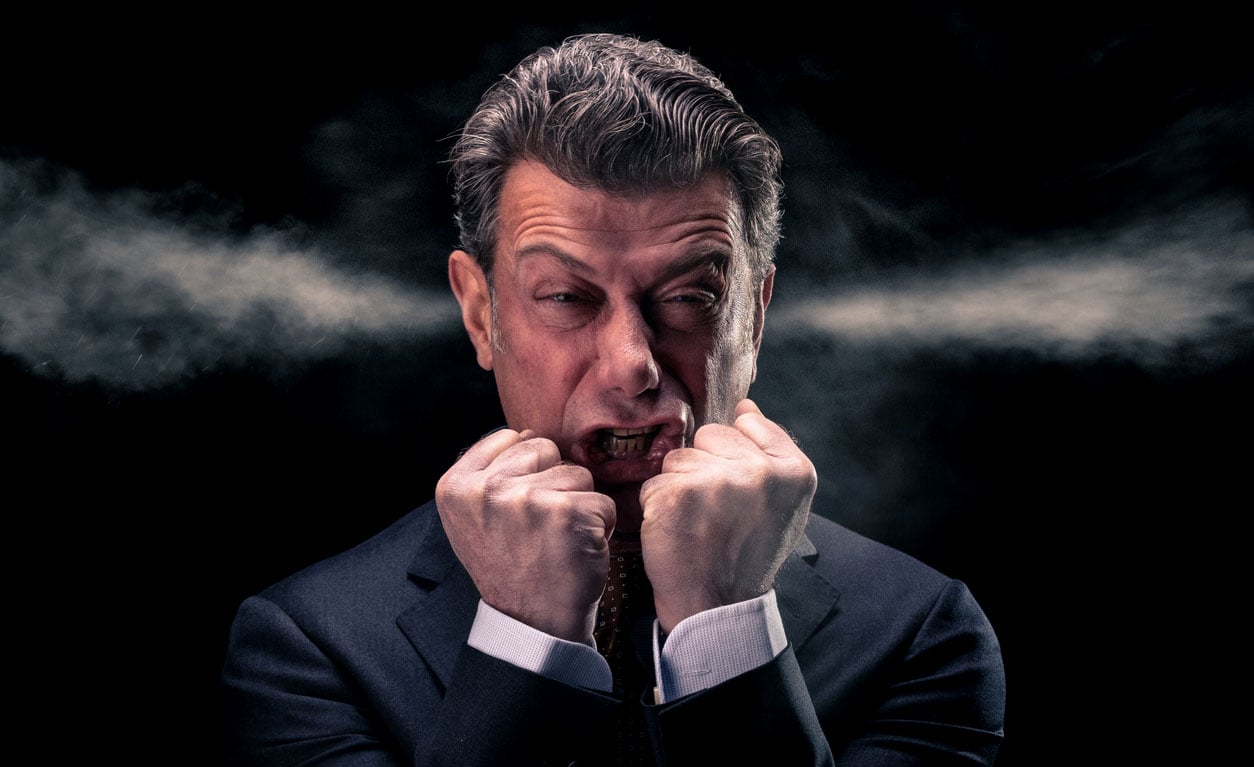How Climate Change Affects Tornado Season — And How It Doesn’t
Posted by admin on

June marks the beginning of summer and typically, the end of peak tornado season in the Midwest.
Kansas City residents were recently reminded of this when a tornado system in Johnson and Jackson counties caught some off guard in the early morning hours of June 8. Yet National Weather Service meteorologist Julie Adolphson said these storms are typical and more common later in the severe weather season.
“We didn’t have a lot of severe weather until recently,” Adolphson said the day after the storm. “We had a little bit of a delay since it was pretty cool early in the season.”
Doug Kluck, a regional climate services director for the National Oceanic and Atmospheric Administration, said May and June are peak months for severe weather.
Kluck adds that it’s unusual when there aren’t many storms with high winds, hail and occasional tornadoes.
“We’re also very close to Tornado Alley, which pretty much runs from Nebraska to Texas,” Kluck said. “The most frequent time of year is May, but as we saw in December of last year, you can have tornadoes in Kentucky, or in Kansas City, about any time of year.”
NOAA’s storm events database keeps records of weather events across the United States since 1950, including data about tornadoes in Jackson, Johnson and Wyandotte counties.
Over the last 20 years, Jackson County was hit by 16 tornadoes — the most of the three counties.
An EF3 tornado in 2017 that hit Oak Grove, Missouri, was the most severe in the last 20 years. Meteorologists use the Enhanced Fujita scale to “rate” a tornado based on wind speeds and subsequent damage. An EF3 would have winds between 136-165 mph. In 2015, 2018 and 2019, three tornadoes touched down each year. According to the National Weather Service, an EF2 touched down in Jackson County and an EF1 crossed over the state line from Johnson County on June 8 of this year.
Johnson County follows, with 14 tornadoes touching down over the last two decades. However, they were less severe, with two EF1s in 2015 and 2018 before this year’s EF1 on June 8.
Wyandotte County has had three tornadoes in 20 years, and the most severe was an F4 in 2003. The F scale was used to classify tornadoes before 2007, and an F4 means winds between 207-260 mph, with devastating damage.
Do recent patterns indicate a change in Tornado Alley?
As global average temperature rises, weather patterns change as well. These changes can be seen on many levels, but local scientists doubt this has led to the shifting of Tornado Alley. This is a term The Washington Post called “outdated” in a 2020 story about tornadoes striking more southeastern states.
Chris Bowman, a meteorologist with the National Weather Service’s Kansas City office, said recent trends don’t necessarily mean Tornado Alley is shifting.
“I think you have to take any season as it is and then average everything out over a period of time and then see what the trends are from there,” Bowman said. “Even though we’ve been quiet for a couple years, that doesn’t necessarily mean the Tornado Alley is shifting to the east.”
Bowman said weather patterns fluctuate very easily, especially in the Kansas City area.
“Especially here, there’s so much variability from year to year to what causes our weather,” Bowman said. “I don’t think you can draw any kind of conclusion on any one, two or three years. You have to look at a multi-decade study.”
Kluck says there are indications that tornado season is now longer because of climate change-related factors.
“This is because of the availability of warm moisture from the Gulf reaching us and dry air from the west and north intersecting and causing severe weather, even in the cool season,” Kluck said.
Kluck said he speculates that the typical tornado season will begin earlier and last longer, a result of warm moisture.
“In terms of frequency … I can’t say if we’re going to have more or less [tornadoes],” Kluck said.
Winter tornadoes, flash flooding may increase due to climate change
Climate change-related shifts in weather patterns make it difficult for the United States and its infrastructure to appropriately respond.
“I think the South understands that they have an issue, and the problem is that most tornadoes occur at night and the days are shorter, especially in the wintertime,” Kluck said. “You’re fighting the fact that you can’t see what’s coming.”
The EF3 tornado that touched down in Gaylord, Michigan, in May highlighted the difficulties of warning residents of severe weather on time. The city does not have a tornado siren system.
As far as how climate change will affect severe weather in Kansas City, Kluck said the likelihood of flash flooding will continue to increase. This is a problem he says the country’s infrastructure will need to address.
“It is much more substantially understood that flash flooding and that kind of severe weather has been and will continue to be more likely due to more moisture being in the air and warmer temperatures,” Kluck said.
Engineers will need to address or update the systems in place that protect people from flooding. Kluck said NOAA receives a lot of questions from engineers who seek guidance on climate change.
“We get a lot of questions from engineers and folks saying, ‘The numbers you have, are they looking good in terms of climate change?’ and the answer is probably not,” Kluck said. “We don’t want to design it based on what we did in the past.”
—
This story was originally published by The Kansas City Beacon, an online news outlet focused on local, in-depth journalism in the public interest.
***
You may also like these posts on The Good Men Project:
 White Fragility: Talking to White People About Racism White Fragility: Talking to White People About Racism |
 Escape the “Act Like a Man” Box Escape the “Act Like a Man” Box |
 Why I Don’t Want to Talk About Race Why I Don’t Want to Talk About Race |
 What We Talk About When We Talk About Men What We Talk About When We Talk About Men |
Join The Good Men Project as a Premium Member today.
All Premium Members get to view The Good Men Project with NO ADS.
A $50 annual membership gives you an all access pass. You can be a part of every call, group, class and community.
A $25 annual membership gives you access to one class, one Social Interest group and our online communities.
A $12 annual membership gives you access to our Friday calls with the publisher, our online community.
Register New Account
Log in if you wish to renew an existing subscription.
Need more info? A complete list of benefits is here.
—
Photo credit: Shutterstock
The post How Climate Change Affects Tornado Season — And How It Doesn’t appeared first on The Good Men Project.
